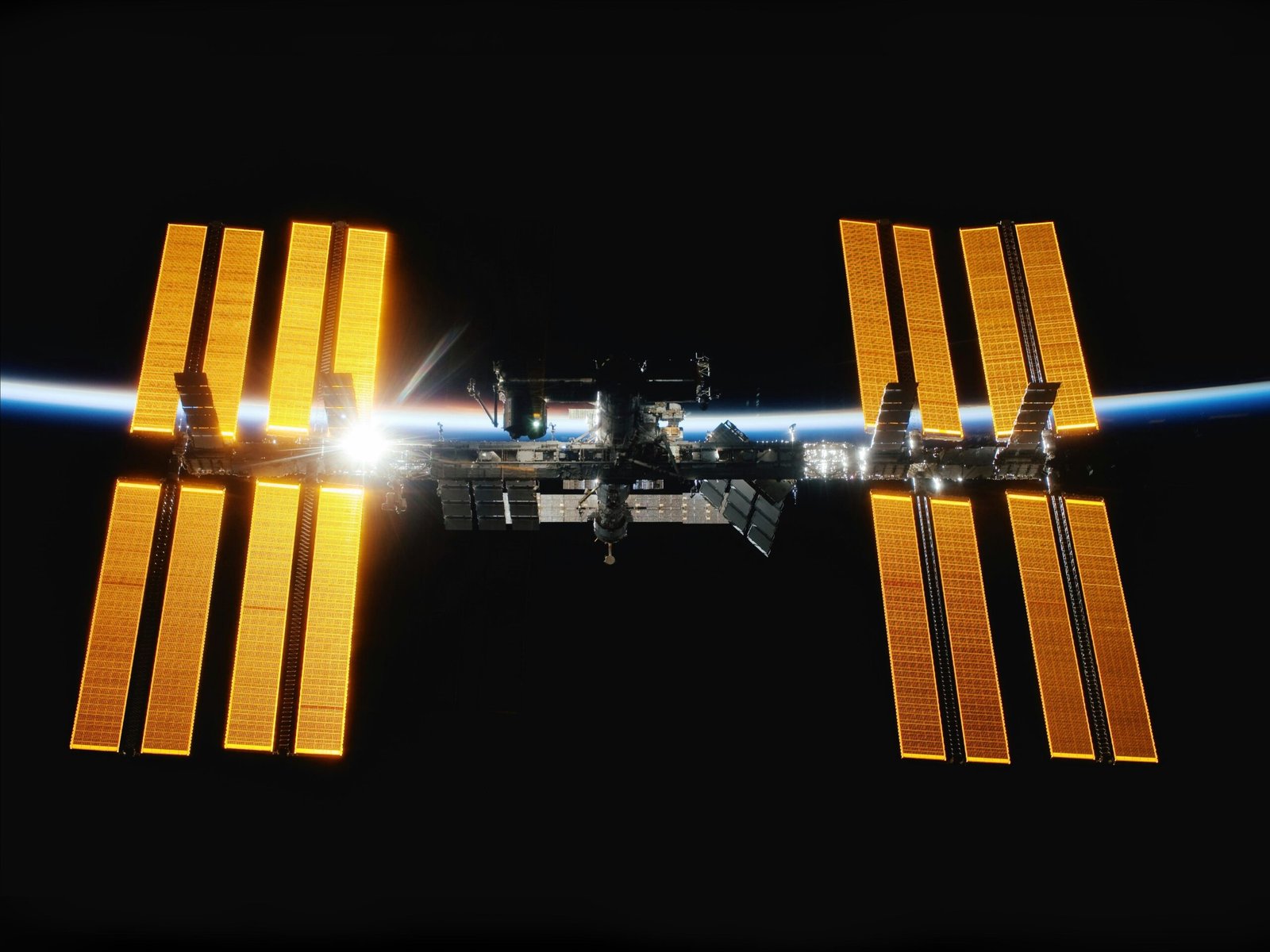
Major Milestone in Artemis Program
On March 31, 2024, NASA announced a major milestone in its Artemis program, which aims to return humans to the Moon by 2024. The agency revealed that it had successfully completed the critical design review for the Space Launch System (SLS), the most powerful rocket ever built. This review confirmed that the SLS is ready for its first flight, called Artemis I, which will be an uncrewed test mission around the Moon.
International Collaboration in Space Exploration
Meanwhile, international collaboration in space exploration continues to grow. On April 1, 2024, the European Space Agency (ESA) and the Japan Aerospace Exploration Agency (JAXA) announced a joint mission to study the Martian moons, Phobos and Deimos. The mission, named MMX (Martian Moons eXploration), will launch in 2026 and will involve sending a spacecraft to orbit Mars and collect samples from the moons for further analysis.
Addressing the Challenge of Space Debris
Back on Earth, space policy discussions have been focused on the growing issue of space debris. On April 3, 2024, the United Nations Office for Outer Space Affairs (UNOOSA) held a special session to address the challenges posed by space debris and discuss potential solutions. With the increasing number of satellites and other objects in orbit, the risk of collisions and the creation of more debris is a pressing concern for the international space community.
Advancements in Commercial Space Sector
Additionally, the commercial space sector has been making significant strides in the past week. On April 4, 2024, SpaceX successfully launched its latest batch of Starlink satellites, bringing the total number of satellites in its constellation to over 1,500. This launch marked another step towards SpaceX’s goal of providing global broadband coverage from space.
National Space Council’s Annual Report
Finally, on April 6, 2024, the National Space Council (NSC) of the United States released its annual report outlining the country’s space policy priorities for the upcoming year. The report highlighted the importance of maintaining a competitive edge in space technology, promoting international cooperation, and ensuring the sustainability of space activities. It also emphasized the need for continued investment in research and development to drive innovation in the space sector.
Collaboration in Lunar Exploration
This collaboration marks a significant milestone in the field of lunar exploration. The participation of major space agencies from around the world demonstrates the shared interest and commitment to unravel the mysteries of the Moon. The formation of the Lunar Exploration Coordination Committee (LECC) is a testament to the belief that international collaboration is essential for the success of such ambitious missions.
Benefits of the Lunar Exploration Coordination Committee
The LECC will serve as a platform for the exchange of scientific knowledge, expertise, and resources. By pooling their efforts, the participating countries can leverage their individual strengths and capabilities, leading to more efficient and cost-effective exploration missions. This collaboration will also foster a spirit of cooperation and mutual understanding among the nations involved, setting a positive precedent for future joint space endeavors.
Key Objectives of the Lunar Exploration Coordination Committee
One of the key objectives of the LECC is to avoid duplication of efforts and conflicts among the participating countries. By coordinating their exploration missions, the LECC will ensure that each country’s resources are utilized optimally, maximizing the scientific output and minimizing redundancies. This will not only save valuable time and resources but also enhance the overall effectiveness of lunar exploration.
Sharing of Scientific Data and Findings
Furthermore, the LECC will facilitate the sharing of scientific data and findings among the participating countries. This open exchange of information will enable scientists from different nations to collaborate and build upon each other’s work, accelerating the pace of lunar research. The collective knowledge gained through this collaboration will deepen our understanding of the Moon’s geology, its resources, and its potential for future human exploration.
Fostering Diplomatic Relations
Another significant aspect of this collaboration is its potential for fostering diplomatic relations among the participating countries. Space exploration has often served as a bridge between nations, transcending geopolitical boundaries and promoting peaceful cooperation. The LECC provides a unique opportunity for countries with different political ideologies and agendas to come together for a common purpose, setting aside their differences in the pursuit of scientific discovery.
Progress in the Artemis Program
In addition to the selection of the commercial lunar lander companies, NASA has also been making progress in other areas of the Artemis Program. One notable development is the Artemis I mission, which is set to launch an uncrewed Orion spacecraft around the Moon. This mission will serve as a crucial test for the spacecraft and its systems before astronauts are sent on future Artemis missions.
CubeSats and International Partnerships
The Artemis I mission will also include the deployment of several small satellites, known as CubeSats, which will conduct scientific experiments and collect data during their journey to the Moon. These CubeSats will provide valuable insights into lunar conditions and help pave the way for future exploration and utilization of the Moon’s resources.
Furthermore, NASA has been actively engaging international partners to join the Artemis Program. The agency has signed agreements with various countries, including Canada, Japan, and the European Space Agency, to collaborate on lunar exploration and contribute their expertise and resources to the mission.
Development of the Gateway
Another exciting aspect of the Artemis Program is the development of the Gateway, a lunar outpost that will orbit the Moon and serve as a staging point for crewed missions to the lunar surface. The Gateway will provide a platform for scientific research, technology demonstrations, and international collaboration.
Conference on Space Debris Mitigation
One of the key topics discussed at the conference was the development of international guidelines for space debris mitigation. Currently, there are no universally accepted rules and regulations regarding the mitigation of space debris. Different countries and space agencies have their own guidelines, but there is a need for a unified approach to address this global problem.
Collaboration and Cooperation for Mitigation
The conference participants emphasized the importance of collaboration and cooperation among nations to develop these guidelines. They highlighted the need for transparency and information sharing to effectively monitor and manage space debris. By establishing common standards, countries can work together to reduce the creation of new debris and coordinate efforts to remove existing debris from orbit.
Technological Solutions for Debris Removal
Another area of focus at the conference was the development of new technologies for debris removal. Several innovative solutions were presented, including robotic systems that can capture and deorbit defunct satellites and large space debris. These technologies aim to actively remove debris from orbit, reducing the risk of collisions and further accumulation of space junk.
Space Traffic Management
Space traffic management was also a significant topic of discussion. With an increasing number of satellites and space missions, it is essential to have effective systems in place to manage the movement of spacecraft in orbit. This includes ensuring safe distances between satellites, avoiding collision risks, and facilitating the coordination of space activities.
RELATED POSTS
View all




